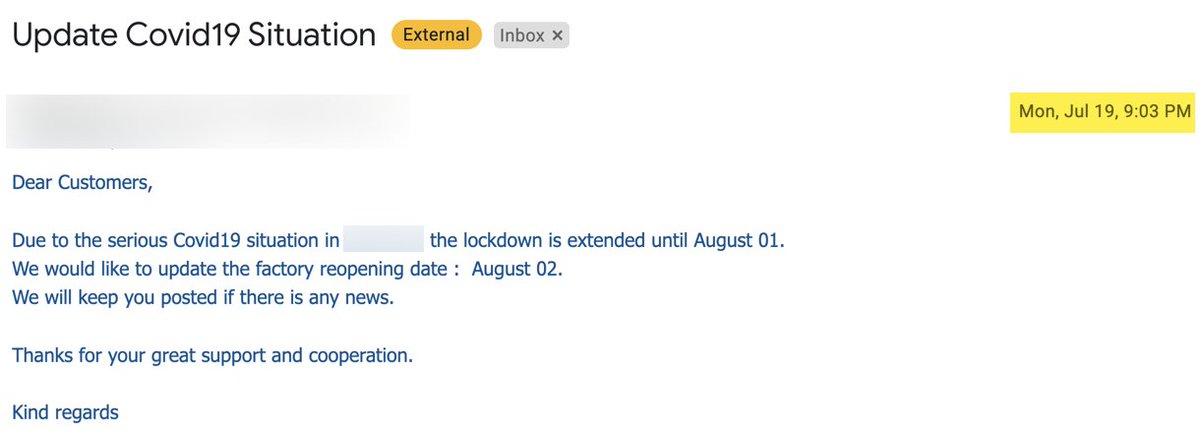
Huge bear market in office RE (adjusted for inflation and covered land plays) coming.
It’s not even arguable otherwise. Let’s move on. We’re done.
What is interesting is the follow on effects!
1/2
It’s not even arguable otherwise. Let’s move on. We’re done.
What is interesting is the follow on effects!
1/2
- less commuting will hurt non-destinational retail eg “never mind picking that up on the way back from work.”
- what happens to downtown office cores?
- what do we do with these buildings?
- do homes need to be redesigned bigger?
What else? It’s pretty interesting!
2/3
- what happens to downtown office cores?
- what do we do with these buildings?
- do homes need to be redesigned bigger?
What else? It’s pretty interesting!
2/3
Just so we’re clear, I am not saying no one will go to an office. I am saying a many fewer people will. I don’t know what the percentage is but the fewer people go to the office the less of a benefit you get from going yourself so WFH has a negative network effect.
3/3
3/3
Bonus tweet: many companies will switch to 1-2 days a week at the office and by office I mean it will be coworking or something. None of this of course applies to people who manufacture or use machines etc. This applies to the whitecollarbois.
/end
/end
• • •
Missing some Tweet in this thread? You can try to
force a refresh
















